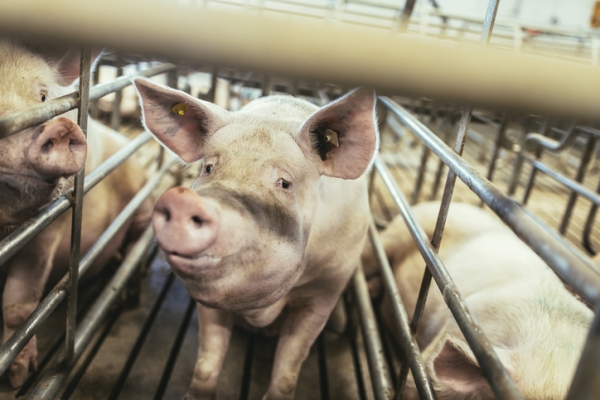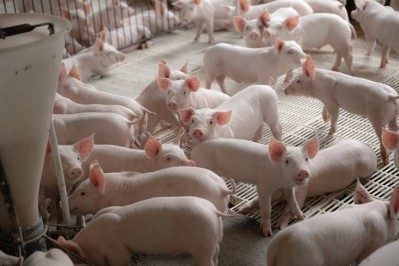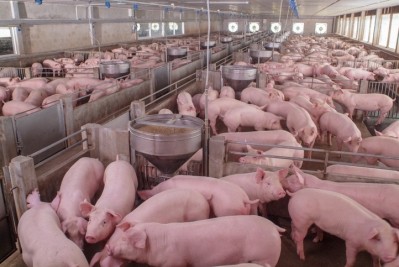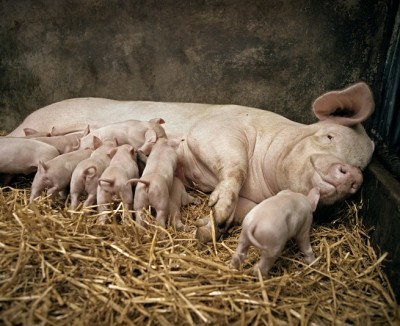Adapting feeding practices is crucial to mitigate environmental impact of pork production

A team from the Flanders Research Institute for Agriculture, Fisheries, and Food (ILVO), writing in a paper in Animal, show that the majority of GHG emissions in pig rearing stem from the production, processing, and transportation of feed.
And their paper also delves into how the slaughter weight of pigs affects GHG production.
Their findings suggest that slaughtering pigs at heavier weights is less environmentally friendly, unless a feed with a minimal environmental impact is provided in the final stage of their growth. A soy-free finisher feed allows a constant footprint with increasing bodyweight, found the Belgian scientists.

Interaction of slaughter weight, sex and feed composition
In two separate experiments, the Belgian team assessed the impact of slaughter weight on the carbon footprint (CFP) of pig feed intake (CFP FI) for growing-finishing pigs of different sexes: entire males (EM), barrows (BA), immunocastrates (IC), and gilts (GI).
In the first experiment, 118 animals were individually raised in controlled conditions, while in a second experiment, 384 animals were housed in groups on a commercial farm.
All animals were fed ad libitum in a three-phase feeding regime and slaughtered at various bodyweights. When considering only the fattening period, the CFP FI was expressed per kg carcass growth. When accounting for piglet production, the CFP FI was calculated per kg carcass weight.
Findings
Across all sexes, the researchers observed that the heavier the pig, the higher the CFP FI per kg carcass growth and per kg carcass weight. The swine experts also saw that barrows exhibited significantly higher CFP FI per kg carcass growth and per kg carcass weight compared to EM and IC in both experiments.
In the third phase of experiment two, a desk study with a soy-free, reduced CFP feed showed that slaughter weight no longer affected the CFP FI per kg carcass growth and per kg carcass weight.
The team concluded that a higher slaughter weight implies lower sustainability unless a sufficiently low-CFP feed is provided in the finisher phase.
Source: Animal
Title: The impact of slaughter weight and sex on the carbon footprint of pig feed intake
Authors: C De Cuyper, A Van den Broeke, V Van linden, F Leen, M Aluwé, J Van Meensel, S Millet












